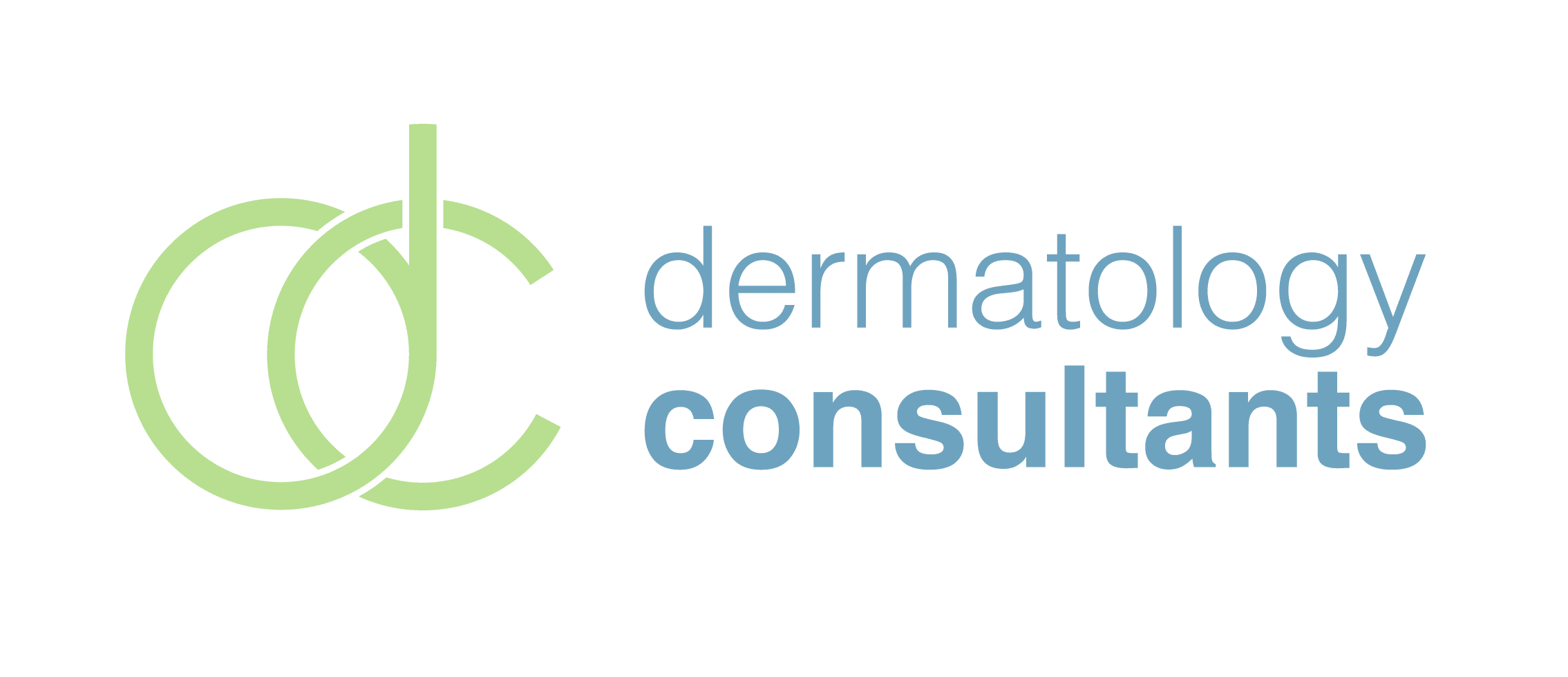What Are the Best Treatments for Varicose and Spider Veins?
Are you may find yourself asking this question often; after all, both of these skin conditions contain several similarities. Varicose veins and spider veins are common conditions that can cause swelling, discomfort, and leg fatigue in addition to being a cosmetic concern for many. Exercise and an active lifestyle are the best ways to prevent these issues, but once they have developed, the only proven way to reduce the appearance of prominent veins is professional treatment.
While varicose and spider veins can occur in the same leg, they are two different conditions. When veins fail to circulate blood properly, they bulge and become visible. These varicose veins most commonly occur in the thighs and legs and often cause symptoms including achiness, swollen legs, muscle cramps, and a feeling of heaviness in the affected areas. Appearing as swollen clusters of blue and purple veins, the dilated blood vessels often result in worsened symptoms during pregnancy although they can occur in women and men of any age. Genetic factors increase the likelihood that they will develop as do being overweight, standing for prolonged periods of time each day, and age. Often occurring alongside varicose veins, spider veins are groups of small blood vessels that are located close to the surface of the skin. While they can be a symptom of poor circulation, they generally are harmless.
The advanced treatments that are used to reduce the appearance of varicose and spider veins are associated with a minimal recovery. Sclerotherapy results in dramatic improvements in leg appearance and involves a series of sotradecol or saline injections made directly into the veins being targeted using a very fine needle. This causes inflammation and collapse of the vessels. While pregnancy can worsen leg vein issues, pregnant women cannot have the procedure done. The procedure takes around 30 minutes depending on how many veins are being treated as well as their size and location.
For veins that cannot be treated effectively with sclerotherapy, laser treatment is an option. Using a focused beam of light, a physician can damage the vein with heat, causing scar tissue to form and close the vein. Once they vein loses its blood supply, it dies and is likely to disappear after a year or more. Multiple treatments generally are required, and these are scheduled about 6 to 12 weeks apart.
Following treatment for leg vein issues, patients should not engage in exercise or aerobic activity for a few days and should wear compression stockings for a week or more.
In order to prevent varicose veins, if your job or daily routine requires you to stand for prolonged periods of time, support hose can be worn, and regular stretching and exercise of the legs can be helpful. Regular exercise is one of the best ways to prevent leg vein issues from developing. Excessively tight clothing also should be avoided.
Since varicose veins can make walking or standing painful, treatment is not purely a cosmetic concern. Sores that develop near a vein, swelling of feet of ankles, and pain should be addressed with a physician.



